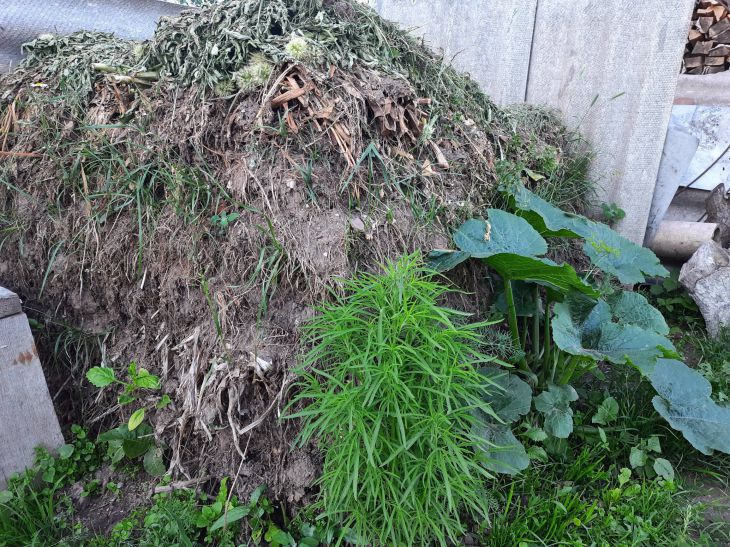Compost is a necessary, high-quality fertilizer, and its only drawback is that not everyone can prepare it in full, enough for all purposes and needs.
In order not to waste time on trifles, you need to set priorities, that is, apply fertilizer where it is needed most in the spring.
Where to add compost in spring
If you don’t think about this point, the fertilizer will run out at the most inopportune moment.
First of all, you need to choose between vegetable beds or berry beds, for example strawberries. Or in general - between a garden and a vegetable garden.
Compost in the trunk area of fruit trees or shrubs will also not harm as mulch, and there are also flower beds and flower gardens.

To make a choice, you need to keep in mind that the garden requires only mature compost. Usually, this is a fertilizer with small lumps, which is easily scattered over the beds by hand.
For example, if we are talking about cabbage seedlings, then a handful of two-year compost is added to the hole. In a greenhouse, compost is also needed, especially if it is time to renew the soil.
Mature compost is added to the flower bed in spring. It is used for mulching, prevents weed growth, nourishes plants, and retains moisture in the soil.
Peonies, daylilies and hostas will require the most of this fertilizer. For them, such feeding is carried out once every few years, and overdosing in this case is excluded.
That is why it is so important to plan the sequence of fertilizers and the importance of crops for the future harvest.








